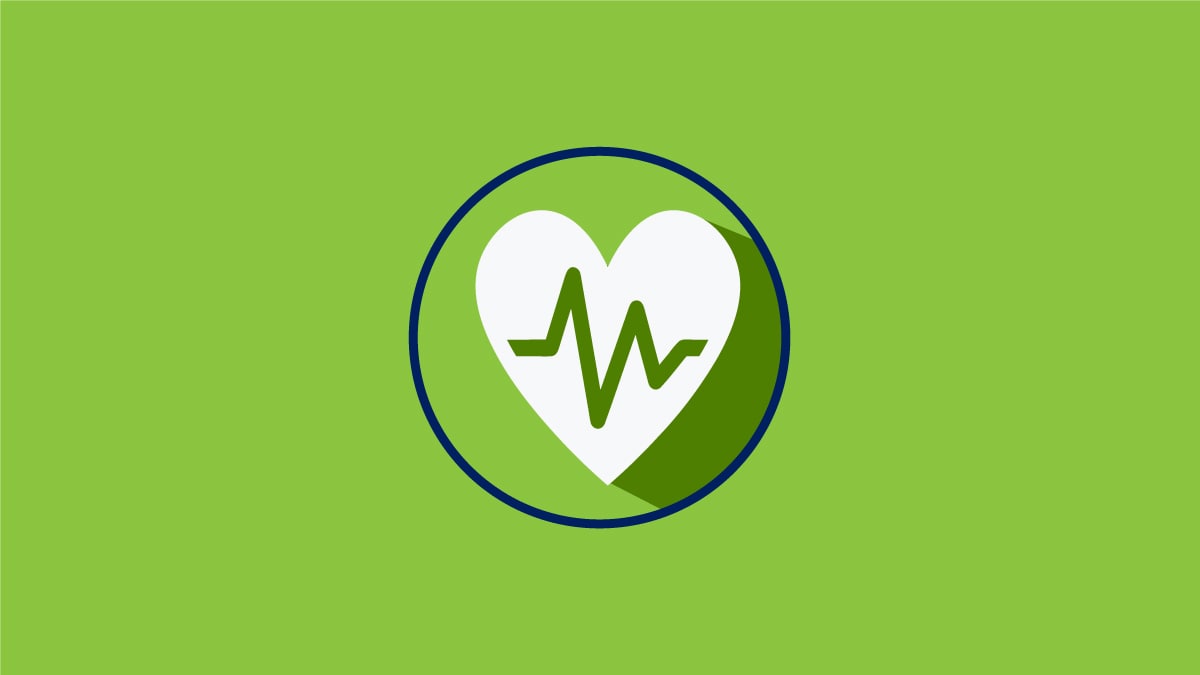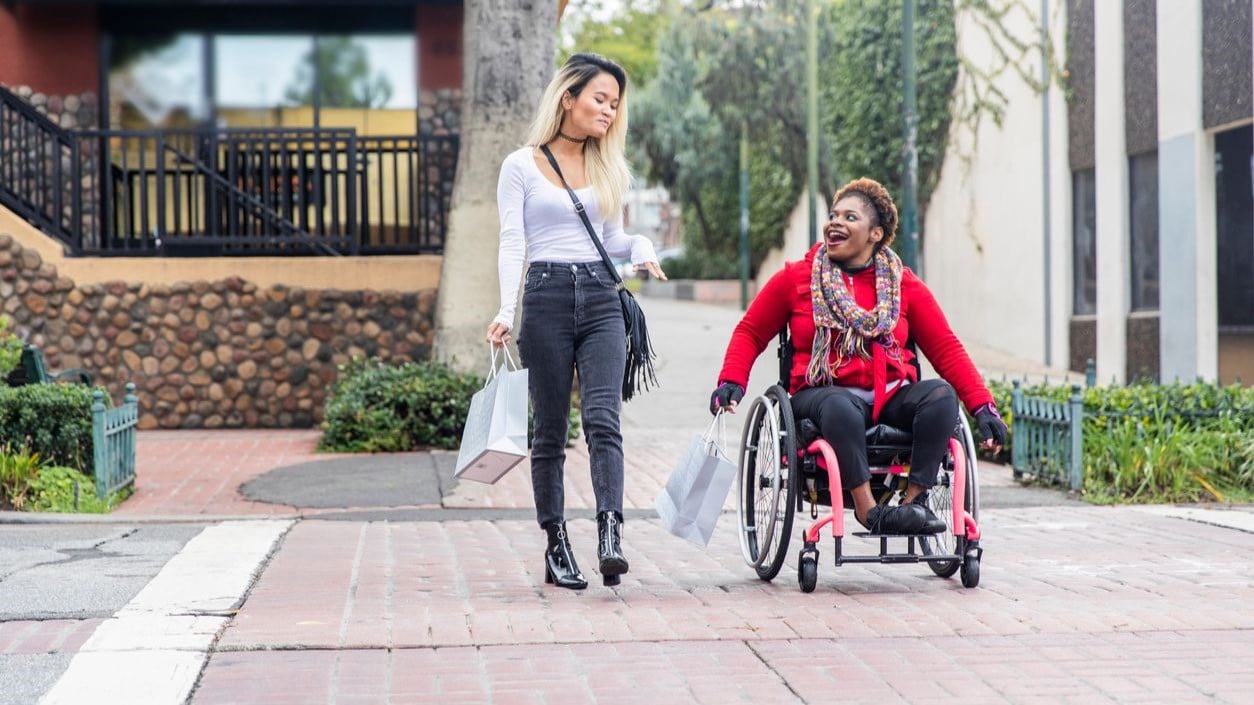What to know
As a public health professional, you can identify and implement evidence-based strategies to promote and sustain physical activity. Public health professionals have many skills that can help communities make it easier for people to be more physically active.

Overview
The public health sector plays an important role in increasing levels of physical activity in communities across the United States. This sector includes a variety of professionals, such as public health educators, nurses, program coordinators, and researchers. These individuals work in local, state, tribal, and federal government agencies and nongovernmental organizations.
Public health professionals' expertise includes research, assessments, surveillance, communication, coalition building, community engagement, policy and program development/delivery, training, and evaluation.
What you can do
You can use the following strategies to encourage physical activity in your community.
Collaborate
Bring together residents, community leaders, and professionals from other sectors to promote the benefits of activity-friendly routes to everyday destinations and increase physical activity.
Build coalitions in which partners can learn from each other and develop action plans that efficiently use each one's expertise and resources.
Educate professionals in other sectors on the benefits of physical activity and activity-friendly communities, how these benefits align with their objectives and values, and how to promote physical activity through their profession.
Develop intergovernmental collaborations to increase physical activity, create activity-friendly communities, and help sustain the efforts.
Set state or communitywide objectives related to physical activity and activity-friendly communities. Coordinate with partners across sectors to meet these objectives.
Support community organizations through actions such as technical assistance, training, or funding. This can help them hire physical activity specialists, develop new skills, and empower them to make positive changes.
Create and share messages
Create and share messages about the benefits of physical activity and activity-friendly communities using the following activities.
Educate people about the benefits of physical activity and active communities.
Share information that helps people add regular physical activity to their daily lives to meet national guidelines.
Conduct audience research to identify the most effective ways to encourage physical activity.
Develop messages that are effective, consistent and culturally informed and work with the media to share these messages.
Use free or low-cost, audience-tested campaign and advertising materials from CDC's State and Community Health Media Center.
Conduct research, surveillance, and evaluation
Conduct research to address knowledge gaps, including research focusing on equitable access to physical activity for all Americans.
Assess and monitor behaviors and environmental features that help people feel safe while being physically active. Such features include sidewalks, safe streets, and protected bike lanes. Partner with other sectors as appropriate.
Collect surveillance data about physical activity to measure and monitor changes over time. Use data to identify specific geographic areas or populations with lower physical activity levels. Share data with other agencies and partners.
Evaluate community interventions designed to promote physical activity and active communities. Summarize and share findings about what community approaches work to increase and sustain physical activity.
Promote equitable policies and programs for everyone
Include residents of different ages, income levels, races, and abilities during project planning to ensure that safety, access, and design match local community needs.
Work with other sectors to:
- Offer programs that address barriers to physical activity, including physical limitations and community safety concerns.
- Ensure residents have equitable access to places to be active and programs that support physical activity.
Develop and promote programs and policies to increase social connectedness and social support for physical activity.
Promote community design to increase physical activity
Promote community designs that support inclusive, safe, and accessible places for people to be physically active.
Collaborate with other sectors to:
- Design communities that support a safe, comfortable, and accessible network of active transportation routes for walking, biking, and wheelchair rolling. These routes should connect the places where people live to the places where they need and want to go regularly.
- Create short-term demonstration projects that show residents how proposed designs can expand pedestrian and bicycle access and calm traffic.
- Make sure diverse community voices are heard.
- Collect data to guide more permanent changes.
Promote the availability of safe, convenient, and well-designed community places and programs that support physical activity.

What others are doing
These public health professionals have used effective strategies to increase physical activity in their communities.
Creating Active Communities in Rural Montana
The Montana Department of Public Health and Human Services developed this initiative to promote environments that encourage physical activity across the state. The department partnered with other agencies and community organizations to provide community training and technical assistance. The initiative focused on creating plans and policies, such as Complete Streets policies, to make it easier to walk, bike, and wheelchair roll. After the training, communities developed action plans to help with the next steps.
Data and Transportation as Vehicles for Community Health Planning in Arizona
In Phoenix, city and transit officials proposed a light-rail extension to connect neighborhoods with lower incomes in the southern part of the city to downtown. The Maricopa County Department of Public Health worked with state partners to conduct a comprehensive health impact assessment as part of this project. They examined health disparities in the affected neighborhoods and identified how the transit project would affect the residents' health. Their efforts helped generate data and community-driven recommendations to improve the health and well-being of community residents. This collaboration established a relationship between the health department and the transit authority that led to other projects.
Move Your Way in Nevada
The Southern Nevada Health District worked with local partners to host events and programs to create and promote opportunities for physical activity. It shared messages about the importance of being active in support of the national Move Your Way campaign, which promotes the Physical Activity Guidelines for Americans, 2nd Edition. Health officials customized their efforts by promoting local parks and trails that can help residents be more active.
Guidelines, recommendations, and strategies
Physical Activity Guidelines for Americans, 2nd Edition
Describes how much physical activity needed to maintain or improve overall health.
Strategies to Increase Physical Activity
How to increase physical activity at the community level.
The Community Guide: Physical Activity
Evidence-based findings and recommendations from the Community Preventive Services Task Force to increase physical activity.
Assessment tools
The Built Environment: An Assessment Tool and Manual
Measures the core features of the built environment that affect health. Focuses on what can make it easier for people to walk, bike, and get other types of physical activity.
Communication resources
Active People, Healthy Nation Multimedia Tools
Used to promote physical activity and motivate people to integrate more activity into their lives and communities.
State and Community Health Media Center
Free or low-cost, audience-tested campaign and advertising materials. Includes print ads, posters, videos, and photos. Materials:
- Are available in English and other languages.
- Can be used to support chronic disease prevention and other topics.
Communication Resources
Use to guide health promotion programs aimed at preventing chronic diseases.
Public Health Reaching Across Sectors: Mapping the Gaps between How Public Health Experts and Leaders in Other Sectors View Public Health and Cross-Sector Collaboration
Describes barriers to collaboration between public health and other sectors, with a special focus on housing, education, business, and health systems.
Communicating about Physical Activity: Challenges, Opportunities, and Emerging Recommendations
Shares challenges, opportunities, and strategies to consider when messaging about physical activity.
Data sources
Adult Physical Inactivity Prevalence Maps
Differences in the overall prevalence of physical inactivity by state and by race and ethnicity.
Nutrition, Physical Activity, and Obesity Data, Trends, and Maps
National and state data on weight, eating habits, physical activity, and breastfeeding behaviors. Also includes information about environmental and policy supports.
PLACES: Local Data for Better Health
Model-based, population-level community estimates for U.S. counties, places, census tracts, and ZIP Code Tabulation Areas.
Trends in Meeting the Physical Activity Guidelines
Data on U.S. adults meeting physical activity recommendations from 1998 to 2018.
Physical Activity Surveillance Systems
How CDC tracks physical activity behaviors.
